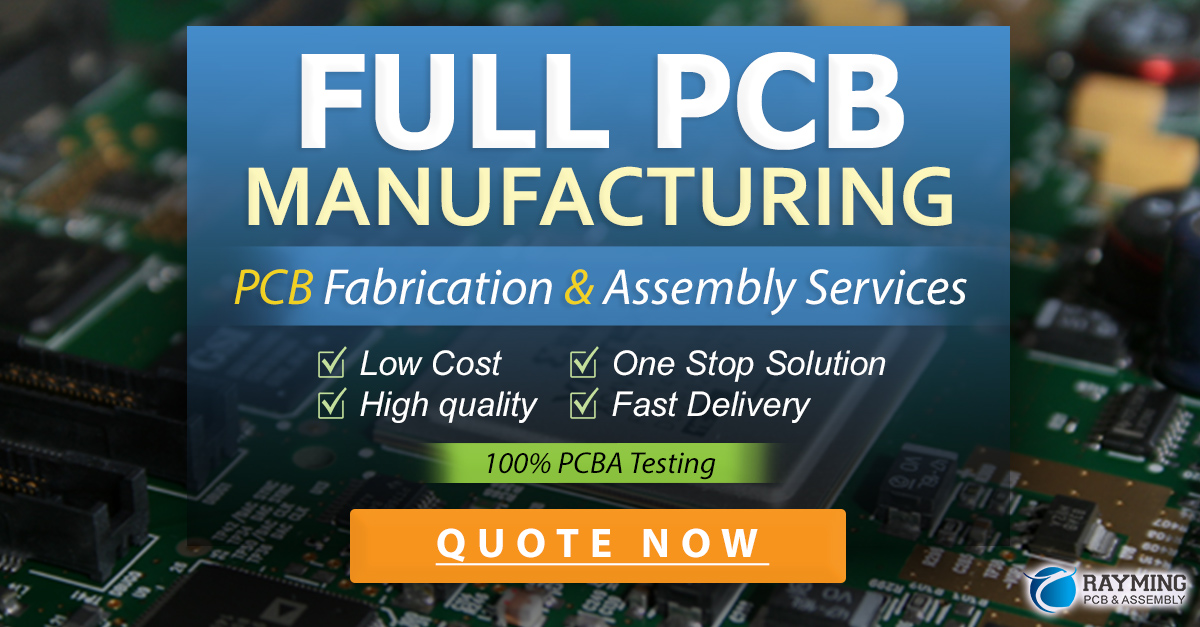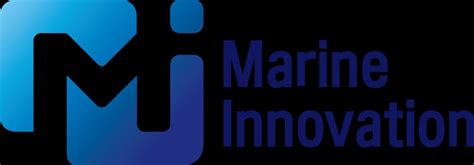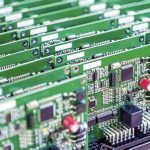The Role of PCBs in Marine Applications
PCBs are essential components in a wide range of marine applications, from navigation and communication systems to propulsion and power management. These compact, lightweight, and reliable electronic circuits form the backbone of modern marine technology, enabling the integration of complex functions into small, efficient packages.
Some of the key marine applications that rely on PCBs include:
- Navigation and positioning systems (GPS, GNSS, AIS)
- Communication systems (VHF, UHF, satellite)
- Propulsion and engine control systems
- Power management and distribution systems
- Sensor and monitoring systems
- Lighting and signaling systems
- Entertainment and comfort systems
The use of PCBs in these applications offers several advantages over traditional wiring and electronics, such as:
- Reduced weight and space requirements
- Improved reliability and durability
- Enhanced signal integrity and electromagnetic compatibility
- Simplified installation and maintenance
- Lower production costs and shorter lead times
The Importance of PCB Prototyping in Marine Innovations
PCB prototyping plays a crucial role in the development of new marine technologies and innovations. It allows engineers and designers to quickly create and test functional prototypes of their ideas, identify potential issues, and make necessary improvements before committing to full-scale production.
The prototyping process typically involves the following steps:
- Design and schematic capture: Creating the electronic schematic and PCB layout using specialized software tools.
- Component selection and sourcing: Choosing the appropriate components and materials for the specific marine application and environment.
- Fabrication and assembly: Manufacturing the PCB prototype using various techniques, such as etching, drilling, and soldering.
- Testing and validation: Verifying the functionality, performance, and reliability of the prototype under simulated and real-world conditions.
- Iteration and refinement: Making necessary changes and improvements based on the test results and feedback from stakeholders.
By following this iterative process, marine innovators can rapidly develop and optimize their designs, reducing the time and cost associated with bringing new products and solutions to market.
Key Benefits of PCB Prototyping for Marine Innovations
PCB prototyping offers several key benefits for marine innovations, enabling organizations to stay competitive and responsive to the evolving needs of the industry.
1. Faster Time-to-Market
PCB prototyping allows marine innovators to quickly validate their ideas and bring new products and solutions to market faster. By creating functional prototypes early in the development process, organizations can identify and address potential issues, make necessary improvements, and accelerate the overall development cycle.
2. Cost Reduction
Prototyping helps reduce the overall cost of marine innovations by identifying and addressing potential issues early in the development process. This approach minimizes the risk of costly redesigns and rework during later stages of production, ultimately saving time and resources.
3. Improved Product Quality and Reliability
PCB prototyping enables marine innovators to thoroughly test and validate their designs under various conditions, ensuring that the final product meets the required quality and reliability standards. By identifying and addressing potential weaknesses and failure points early on, organizations can improve the overall robustness and durability of their marine applications.
4. Enhanced Collaboration and Stakeholder Engagement
Prototyping facilitates better collaboration and communication among the various stakeholders involved in marine innovations, such as engineers, designers, manufacturers, and end-users. By creating tangible, functional prototypes, organizations can more effectively demonstrate their ideas, gather feedback, and incorporate necessary changes based on the input from different perspectives.
5. Increased Innovation and Competitive Advantage
PCB prototyping enables marine organizations to experiment with new ideas, technologies, and materials more readily, fostering a culture of innovation and continuous improvement. By rapidly iterating and refining their designs, companies can stay ahead of the competition and develop unique, value-added solutions that meet the evolving needs of the marine industry.

Examples of PCB-Enabled Marine Innovations
The use of PCB prototyping has led to numerous innovations in the marine industry, spanning various applications and sectors. Some notable examples include:
1. Advanced Navigation and Positioning Systems
PCB-based navigation and positioning systems have revolutionized the way vessels navigate and operate in marine environments. These systems integrate multiple technologies, such as GPS, GNSS, and AIS, to provide accurate, real-time information on a vessel’s location, speed, and heading. PCB prototyping has enabled the development of compact, high-performance navigation systems that are more reliable, energy-efficient, and cost-effective than traditional solutions.
2. Intelligent Propulsion and Engine Control Systems
PCBs have played a crucial role in the development of advanced propulsion and engine control systems for marine vessels. These systems integrate various sensors, actuators, and control algorithms to optimize engine performance, fuel efficiency, and emissions. PCB prototyping has allowed marine innovators to create sophisticated, adaptive control systems that can automatically adjust engine parameters based on operating conditions, load requirements, and environmental factors.
3. Autonomous and Unmanned Marine Vehicles
PCB technology has been instrumental in the development of autonomous and unmanned marine vehicles, such as underwater drones, surface vessels, and robotic systems. These vehicles rely on complex, PCB-based control systems that integrate various sensors, communication modules, and power management components. PCB prototyping has enabled the creation of compact, lightweight, and energy-efficient control systems that can operate reliably in challenging marine environments.
4. Smart Sensor and Monitoring Systems
PCBs have enabled the development of advanced sensor and monitoring systems for marine applications, such as environmental monitoring, structural health monitoring, and condition-based maintenance. These systems integrate various sensors, data acquisition modules, and communication interfaces to collect, process, and transmit real-time data on the state of marine assets and environments. PCB prototyping has allowed the creation of modular, scalable, and cost-effective sensor systems that can be easily adapted to different marine applications and requirements.
5. Sustainable and Eco-Friendly Marine Solutions
PCB technology has been instrumental in the development of sustainable and eco-friendly marine solutions, such as electric and hybrid propulsion systems, renewable energy systems, and waste management systems. These solutions rely on advanced power electronics, control systems, and sensor networks that are built on PCB-based platforms. PCB prototyping has enabled marine innovators to create efficient, reliable, and environmentally friendly solutions that help reduce the carbon footprint and environmental impact of marine operations.
Future Trends and Challenges in PCB-Enabled Marine Innovations
As the marine industry continues to evolve and embrace new technologies, PCB-enabled innovations are expected to play an increasingly important role in shaping the future of the sector. Some of the key trends and challenges that are likely to influence the development and adoption of PCB-based marine solutions include:
1. Miniaturization and Integration
The ongoing trend towards miniaturization and integration of electronic components and systems is expected to drive the development of more compact, lightweight, and multi-functional PCB-based marine solutions. This trend will require the use of advanced materials, manufacturing techniques, and design methodologies to create high-density, high-performance PCBs that can operate reliably in harsh marine environments.
2. Digitalization and Connectivity
The increasing digitalization and connectivity of marine operations will require the development of more sophisticated, PCB-based communication and networking systems that can support high-speed, secure, and reliable data exchange between vessels, shore-based facilities, and other marine assets. This trend will necessitate the integration of advanced communication technologies, such as 5G, IoT, and satellite networks, into PCB-based platforms.
3. Cybersecurity and Resilience
As marine systems become more connected and digitalized, the risk of cyber threats and vulnerabilities also increases. PCB-enabled marine innovations will need to incorporate robust cybersecurity measures and resilience features to protect against potential attacks, failures, and disruptions. This will require the development of secure-by-design PCBs, the use of advanced encryption and authentication techniques, and the implementation of redundant and fault-tolerant architectures.
4. Sustainability and Circular Economy
The growing focus on sustainability and the circular economy in the marine industry will drive the development of more eco-friendly and recyclable PCB-based solutions. This trend will require the use of sustainable materials, such as biodegradable and bio-based polymers, the adoption of green manufacturing processes, and the implementation of end-of-life management strategies for PCBs. PCB prototyping will play a crucial role in enabling the development and testing of these sustainable solutions.
5. Skilled Workforce and Collaboration
The development and implementation of PCB-enabled marine innovations will require a skilled and multidisciplinary workforce, capable of integrating knowledge from various domains, such as electronics, mechanics, software, and marine engineering. This will necessitate the continuous upskilling and reskilling of the marine workforce, as well as the fostering of collaboration and knowledge-sharing among different stakeholders, including industry, academia, and government.
FAQ
1. What are the main advantages of using PCBs in marine applications?
PCBs offer several advantages in marine applications, such as reduced weight and space requirements, improved reliability and durability, enhanced signal integrity and electromagnetic compatibility, simplified installation and maintenance, and lower production costs and shorter lead times.
2. How does PCB prototyping help in the development of marine innovations?
PCB prototyping allows marine innovators to quickly create and test functional prototypes of their ideas, identify potential issues, and make necessary improvements before committing to full-scale production. This iterative process helps reduce the time and cost associated with bringing new products and solutions to market while improving the overall quality and reliability of the final product.
3. What are some examples of PCB-enabled marine innovations?
Examples of PCB-enabled marine innovations include advanced navigation and positioning systems, intelligent propulsion and engine control systems, autonomous and unmanned marine vehicles, smart sensor and monitoring systems, and sustainable and eco-friendly marine solutions.
4. What are the future trends and challenges in PCB-enabled marine innovations?
Future trends and challenges in PCB-enabled marine innovations include miniaturization and integration of electronic components and systems, increasing digitalization and connectivity of marine operations, cybersecurity and resilience of connected systems, sustainability and circular economy considerations, and the need for a skilled and multidisciplinary workforce and collaboration among stakeholders.
5. How can organizations prepare for the future of PCB-enabled marine innovations?
To prepare for the future of PCB-enabled marine innovations, organizations should invest in the development of advanced materials, manufacturing techniques, and design methodologies for PCBs, integrate advanced communication and security technologies into their solutions, adopt sustainable and eco-friendly practices, and foster continuous upskilling and collaboration among their workforce and stakeholders.
Conclusion
PCB prototyping has emerged as a critical enabler of innovations in the marine industry, allowing organizations to quickly develop, test, and refine their ideas before moving to full-scale production. By leveraging the benefits of PCB technology, marine innovators have been able to create a wide range of advanced solutions, from intelligent navigation and propulsion systems to autonomous vehicles and sustainable technologies.
As the marine industry continues to evolve and face new challenges, PCB-enabled innovations will play an increasingly important role in shaping the future of the sector. To stay competitive and responsive to the changing needs of the industry, organizations must embrace the latest trends and technologies in PCB design and manufacturing, while also addressing the critical issues of sustainability, cybersecurity, and workforce development.
By investing in PCB prototyping and fostering a culture of innovation and collaboration, marine organizations can position themselves at the forefront of the industry, delivering cutting-edge solutions that meet the evolving needs of their customers and contribute to a more sustainable and prosperous future for the marine sector.






Leave a Reply